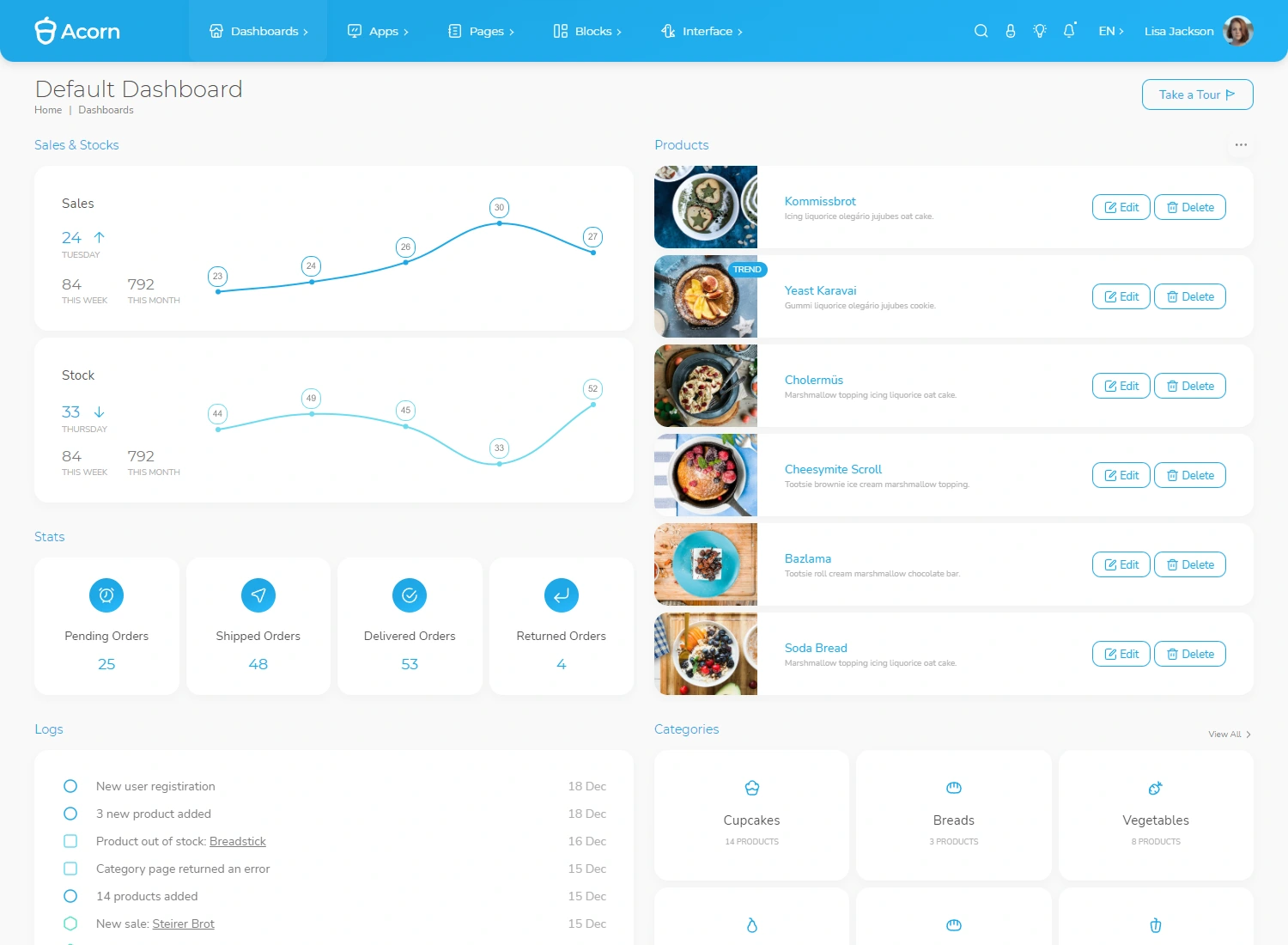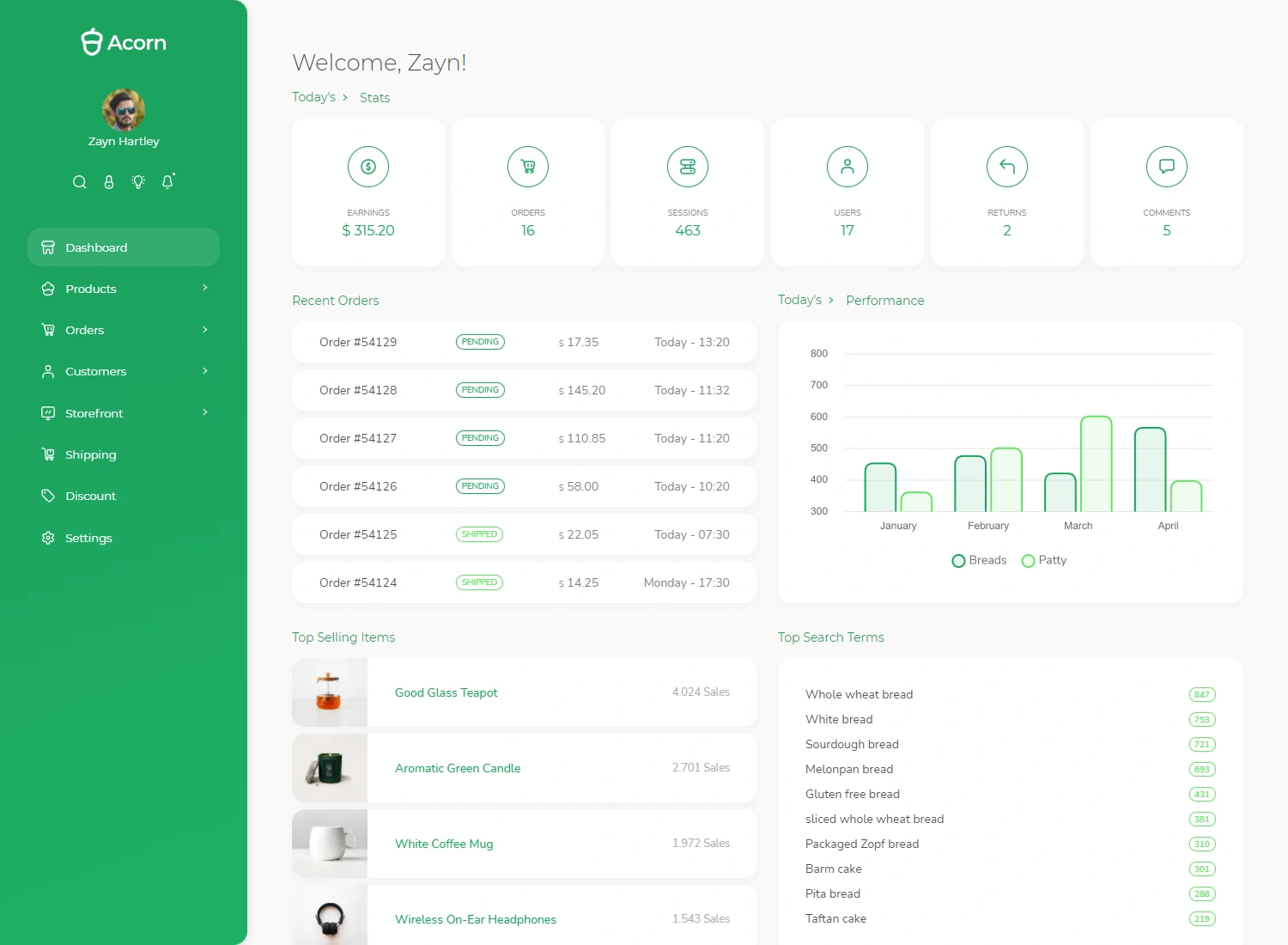Trump’s Tariff War: A Strategic Trade Challenge for India
With Donald Trump’s second term bringing a renewed focus on trade deficits, the reciprocal tariff policy is set to create global trade disruptions. As the US pushes for equal tariffs, India faces a crucial choice: should it retaliate or negotiate smartly for a mutually beneficial trade deal?
Understanding the Reciprocal Tariff Policy
Trump's "reciprocal tariffs" policy stems from the belief that US trade partners benefit disproportionately from lower import duties in the US while imposing higher tariffs on American goods. The goal is to:
- Generate billions in tariff revenue.
- Reduce the US trade deficit, which hit $918.4 billion in 2024.
- Force trading partners to lower their tariffs on American exports.
This policy specifically targets nations with large trade surpluses with the US, including China ($295.4 billion), the EU, Mexico, Vietnam, and Canada. Though India’s trade deficit with the US ($45.7 billion) is smaller, it has grown by 88.1% since 2020, drawing Trump’s attention.
India’s Position: A Trade "Tariff King"?
India has long maintained high tariffs on various imports, leading Trump to frequently call India a “Tariff King”. According to WTO data, India's tariffs are:
- 5.2 times higher than US tariffs on Indian goods.
- 7.8 times higher on agricultural imports.
- 150% on alcoholic beverages and tobacco.
- 125% on automobiles and electric vehicles (EVs).
- 50-100% on key agricultural products like walnuts, honey, coffee, and sugar.
In contrast, the US imposes much lower tariffs on Indian goods, making India’s high tariff walls a point of contention.
Mission 500: A Path to $500 Billion Bilateral Trade
At the Modi-Trump meeting, both leaders endorsed Mission 500, aiming to increase US-India trade to $500 billion by 2030. This ambitious goal requires India to:
- Open key sectors for tariff reductions.
- Ensure reciprocal benefits for Indian exports.
- Strike a balance between domestic protection and economic liberalization.
Key Sectors for Adjustment
To accommodate US interests without harming its domestic economy, India can consider reducing tariffs in select areas:
- Luxury Goods: Cutting duties on whiskey, vodka, sparkling wine, and cigars to a maximum 50%.
- Automobiles: Reducing EV tariffs (125%) to promote clean energy partnerships.
- Agriculture: Lowering duties on walnuts, honey, coffee, and dairy, provided US grants better market access to Indian agricultural products.
Energy and Defence Deals: A Trade Balancer
A win-win strategy would involve balancing the trade deficit through energy and defence deals:
- Energy Imports: India imported $139.2 billion in crude petroleum in FY23-24, with only 4% from the US. Increasing US energy imports could help offset trade deficits.
- Defence Purchases: High-tech arms deals (e.g., F-35 fighter jets) could significantly boost US exports to India, making tariff disputes less critical.
Agricultural Trade: A Major Sticking Point
Agriculture is a sensitive sector in India, and tariff cuts on farm goods could impact millions of farmers. However, a Tariff Rate Quota (TRQ) system could help balance interests:
- Allow limited imports of US soybeans, maize, and dairy at lower tariffs.
- Negotiate greater US market access for Indian pomegranates, mangoes, grapes, bananas, and food products.
- Ensure compliance with US sanitary and phytosanitary (SPS) standards to boost Indian exports.
The key is to negotiate gradual tariff reductions, ensuring both nations benefit without destabilizing Indian agriculture.
Negotiating Smartly: The Way Forward for India
India’s trade approach must be strategic, leveraging its strengths while ensuring long-term trade stability. A pragmatic negotiation strategy should include:
- Reducing Excessively High Tariffs: Lowering duties on non-essential luxury goods and select agricultural imports while maintaining protection for sensitive sectors.
- Expanding Energy Imports: Increasing US crude and LNG purchases to offset trade imbalances.
- Boosting Defence Cooperation: Strengthening defence ties through big-ticket arms deals.
- Enhancing Market Access: Ensuring US grants fair entry for Indian agricultural and manufactured goods.
- Leveraging the US-China Trade War: Positioning India as a viable alternative for manufacturing and exports, benefiting from US-China tensions.
Avoiding Retaliation, Ensuring a Win-Win Outcome
Rather than adopting a confrontational approach, India must play the long game, ensuring balanced trade growth while protecting key domestic industries. If negotiated smartly, the US-India trade deal could pave the way for enhanced economic cooperation, strengthening India’s role as a global trade leader.
Conclusion
Trump’s reciprocal tariff policy is a challenge and an opportunity for India. While India must defend its trade interests, it should also strategically adjust tariffs in non-sensitive sectors to facilitate deeper economic ties. By increasing US energy imports, expanding defence purchases, and ensuring market access for Indian exports, India can turn a potential trade dispute into a mutually beneficial partnership.
The Mission 500 vision remains achievable if India plays its cards wisely, focusing on strategic negotiations rather than retaliatory actions. With Commerce Minister Piyush Goyal’s upcoming US visit, India has a chance to reshape its trade relationship with the world’s largest economy for the better.





